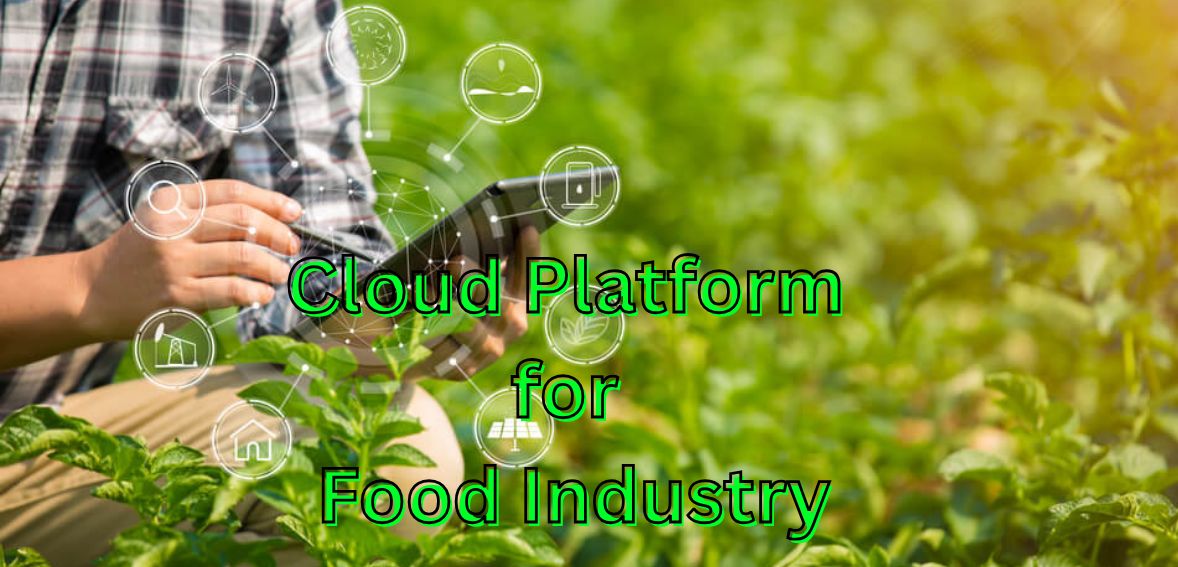As we move through 2025, the food business continues to adopt digitalization at an unprecedented pace. Cloud platforms have now become unavoidable tools for food companies to simplify operations, improve food safety, enhance supply chain management, and encourage innovation. This guide investigates the key aspects food companies must look...
